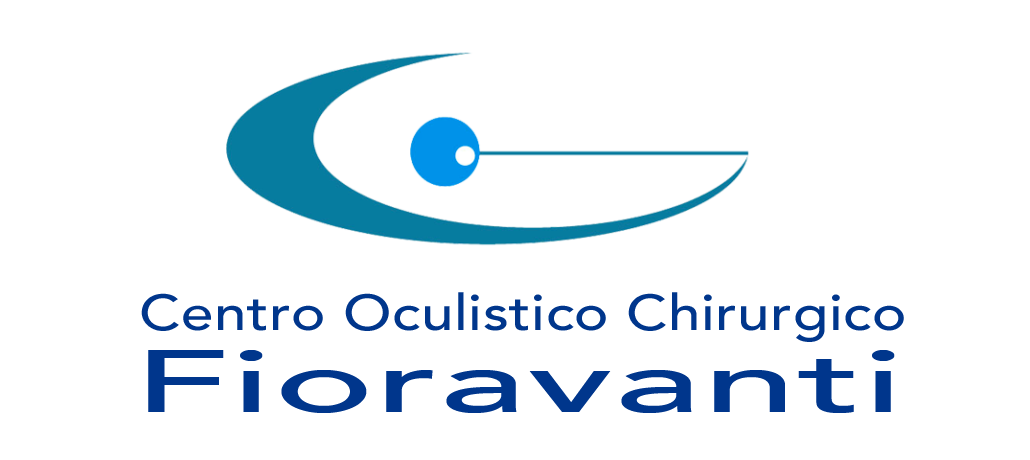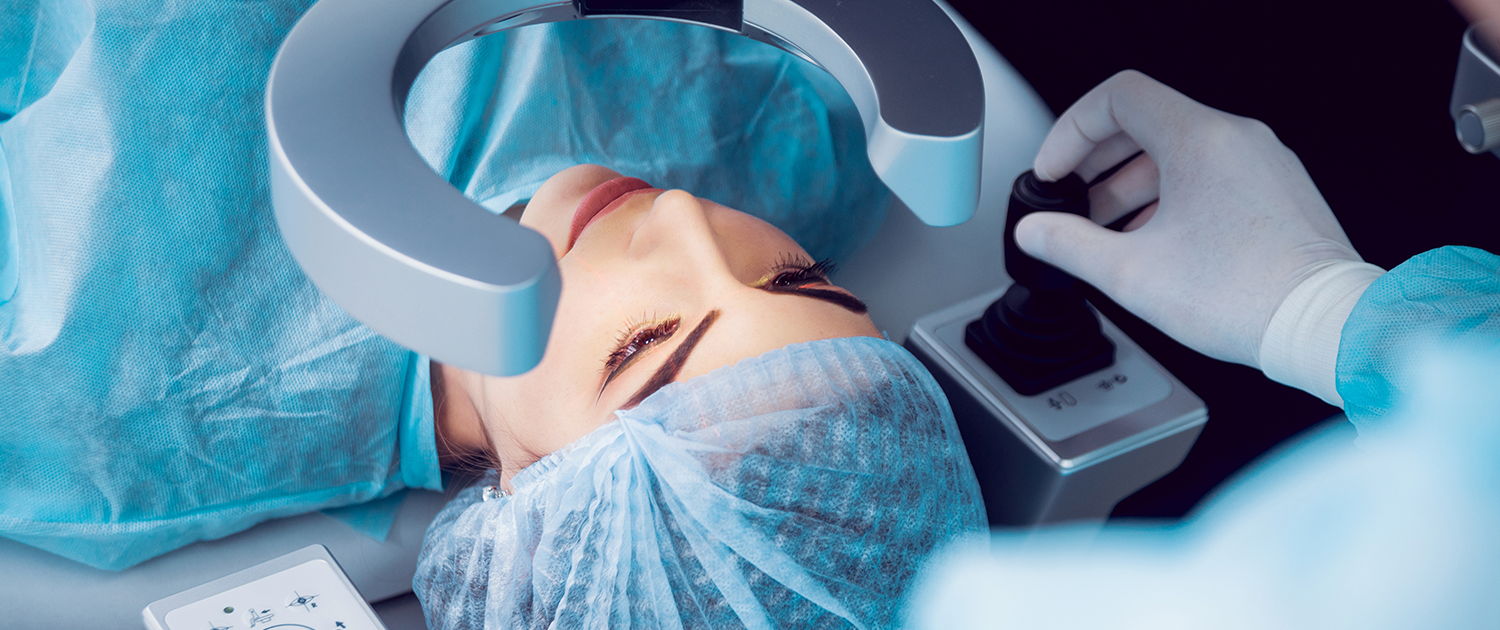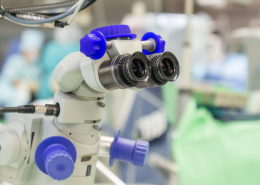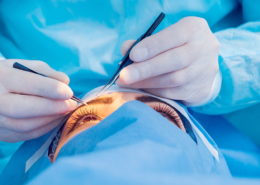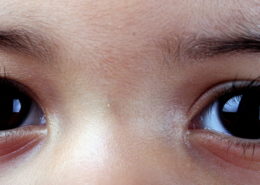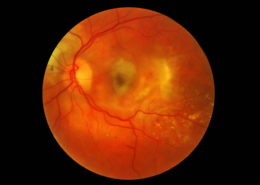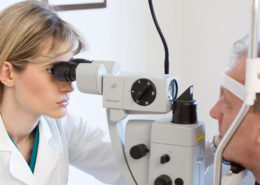Refractive surgery
What is PRK?
Photorefractive Keratectomy (PRK) is a proven excimer laser eye surgery procedure used to reshape corneal epithelium (differently from LASIK that works by reshaping corneal thickness). PRK is effective especially to correct myopia, hyperopia and astigmatism. It’s recommended to those patients who have a reduced corneal thickness, corneal dystrophy, corneal scarring and that suffer from recurrent corneal erosions.
In PRK, the outer layer of the cornea (epithelium) is removed; then, a small quantity of tissue is discarded with an excimer laser. At the end, a small contact lens is applied until the epithelium repairs itself (within 2-5 days after surgery). In this period of time, patient could feel soft or moderate pain and could have blurry vision. These effects will completely disappear within few days. In the first months before surgery, moreover, patient needs to put drops in order to support corneal scarring.
What is LASEK?
Laser assisted epithelial keratomileusis (LASEK) is a variation of Photorefractive Keratectomy (PRK).
The procedure starts separating the corneal epithelium from the underlying stromal layer, but instead of removing and discarding it, as in PRK, the LASEK surgeon pushes the epithelium off to one side of the cornea. At this point, the excimer laser treatment starts to polish the surface. At the end, the epithelial tissue is repositioned on the surface and a contact lens is placed on the eye until the epithelium heals (3-5 days).
LASEK vision recovery is faster than PRK and, soon after the procedure, patients feel less pain and blurry vision.
What is LASIK?
Laser-assisted in situ keratomileusis (LASIK) is based on two different procedures. In the first one, the surgeon uses a mechanical surgical tool called microkeratome to create a corneal flap that is lift and folded to one side of the cornea. In the second procedure, the surgeon uses an excimer laser to correct the vision defect and then the corneal flap is repositioned on the surface without sutures. LASIK has a shorter recovery time and less pain than PRK and LASEK.
LASIK treats myopia (nearsightedness), hyperopia (farsightedness) and astigmatism.
Before LASIK surgery, it’s important to examine corneal thickness with a pachymeter and measure corneal surface with a topographer.
What is FEMTOLASIK?
FEMTOLASIK is a new LASIK technique in which all the procedure is carried out by laser.
The thin flap, in this case, is created by a Femtosecond laser: after that, the excimer laser is used to correct any existing errors. Femtosecond laser is more precise than the microkeratome used in LASIK. Recovery time is immediate and there is no pain after surgery.
Nowadays, FEMTOLASIK is the best treatment for refractive errors correction (myopia, hyperopia, astigmatism).
Discover the other surgical procedures
This post is also available in: Italian
